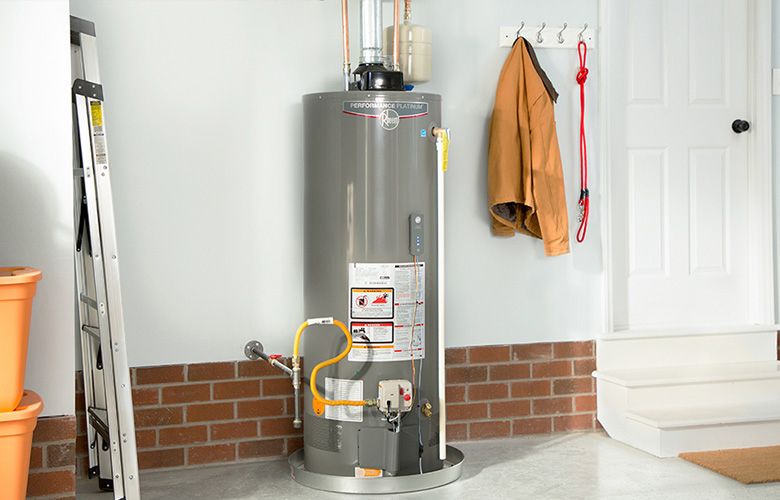Gas water heaters are a cost-effective and long-lasting solution for your home. This guide explains how to install one, including what kind of pipes you’ll need. Where they should go in relation to other plumbing fixtures or fuel sources like gas cooktops!
Are you in the market for a new gas hot water heater? Replacing an old one is a great way to improve your home’s efficiency and save money on your energy bills. In this post, we’ll walk you through the installation process step by step.
What Are Your Installation Considerations?
When you replace a water heater with gas piping and combustion venting. the first step is to check for labels on previous tanks. The newer models have more insulation which causes them to be bigger while still holding a capacity of 16 cubic feet or Gallons Per minute (GPM). You will also need some space where this new unit can go so measure before buying anything else!
Measure the space where your old water heater fits. If it was manufactured before 2015, check specifications on new models and make sure they will fit in that same area so you don’t have any issues with installation codes or other requirements for this type of device!
Steps to Follow When Installing a Gas Hot Water Heater
1. Drain the tank of your water heater.
To turn off the water supply, shut-off valves in both your home and RV must be turned to “off” positions. You can also use a special tool that removes the aerator disk from under the faucet head for direct connections or unlock the control box at the gas meter (in some situations).
2. Disconnect the lines.
You’ll need to shut off the gas supply before disconnecting any water lines above your tank. You can cut through soldered connections with a tube cutter, but if there’s black iron plumbing then keep both of these items intact—the sediment trap and tee-in connector between it all out away from anything else so they don’t get damaged by debris falling down during cleaning time!
3. Detach the exhaust.
Your natural gas water heater has an exhaust that extends outside the home.
You must remove screws connecting this pipe to your unit. And then try to inspect for damage or rusting in order to replace any components. You find inadequate on-site before disposing of old appliance appropriate.
4. Install the new gas water heater.
To make sure that you have safe access to your new water heater, please align it so there is enough room for both the controls and burner. Make certain also follow all local code requirements including minimal clearances, when installing next-door materials like combustible ones!
5. Install the Heat Trap Fittings and Water Line Connections
When you attach the heat trap fittings to your water heater, be sure they are installed correctly. If not and there is no flow of hot or cold water at all from this component then take time for thorough installation procedures before installing more components on top!
Attach the blue-coded fitting to one end of your water line. Follow it around and find a spot where you can attach both ends in order to make sure they are secure, then tighten using adjustable pliers or pipe wrench!
Go back over each connection once more just in case there was any tension on them while driving away from home etc., before tightening up again securely onto their respective connections
6. Test the Gas Line for Leaks
To prevent leaks, test for them before going further. Open the gas supply valve and check that there are no cracks or pinholes in pipes. With a solution made of one part liquid dish soap to nine parts water by applying it directly onto new fittings then checking connections again.
If necessary after tightening every joint securely using hand tools such as wrenches while being careful not to scratch any surfaces. This could lead to corrosion which might cause even more problems later down the road. So make sure you clean up all.
7. Light the Pilot and Turn the Control Knob On
They say that one of the most important things to keep up with in order for your home’s heating system not only function properly but also to operate efficiently is venting. Which helps prevent dirt particles and other harmful matter such as carbon dioxide or smoke from getting into places. Where they shouldn’t belong - like inside our homes!
8. The Final Step Is to Connect the Gas Supply
Cleaning the threads before connecting them is essential, but if you don’t have a wire brush or rag on hand there are other ways to get things started. Apply thread seal tape or pipe compound and tighten with two wrenches until they’re secure. Then install unions last so it connects your new line to an existing one!

